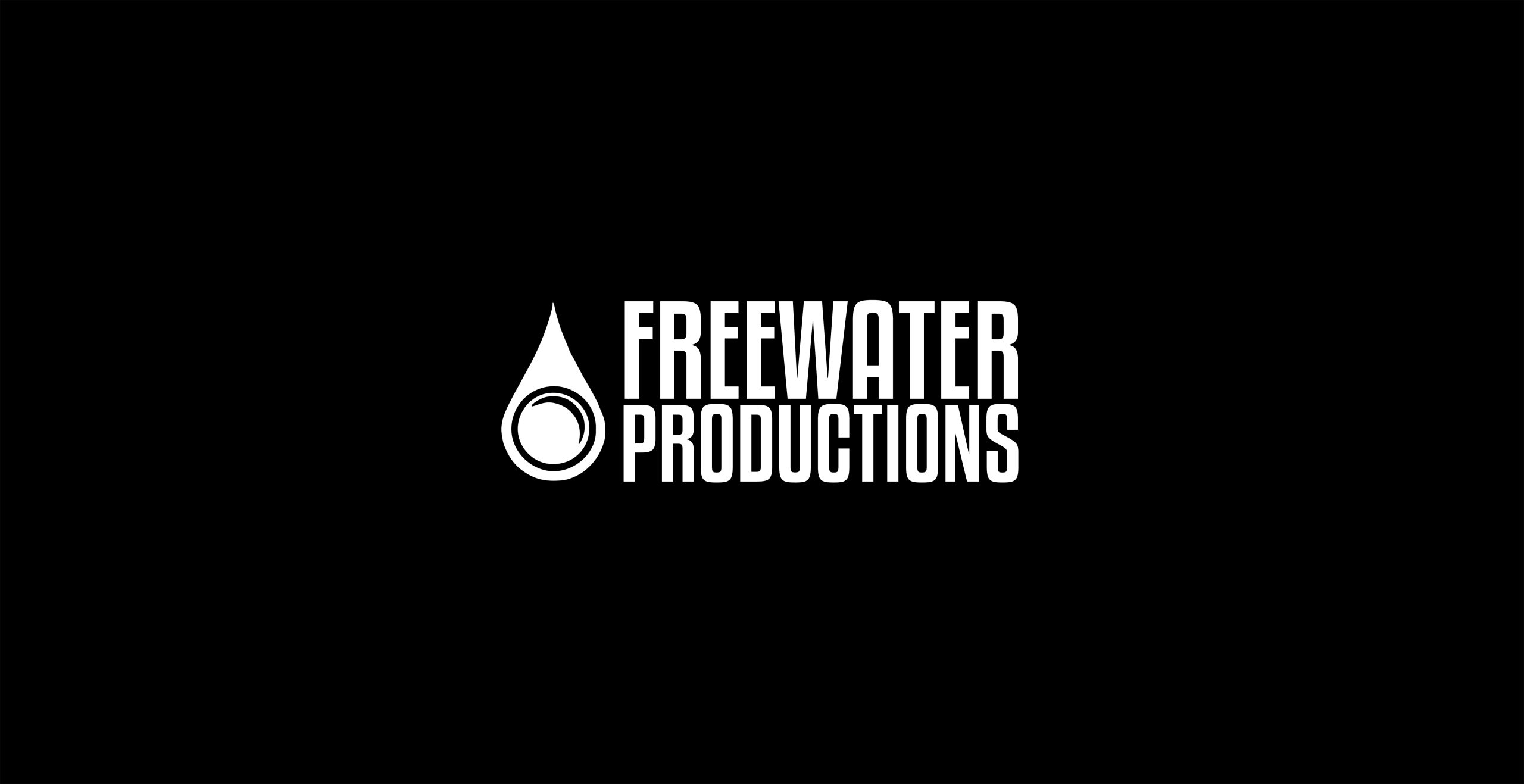New to film? Or just hoping to brush up on some terminology? Check out our glossary below. Here is a list of terms that will start you on your way to being a filmmaking expert!
Director. The director is in charge of the creative vision for a project. Together with the producer, they get final approval on everything. Directors on set often are involved with setting up each camera shot and telling the actors what he or she wants them to do. Directors on smaller productions are also often involved in the scriptwriting and production design processes.
Producer. The producer supervises the practical execution of a project. Together with the director, they get final approval on everything. Producers are the ones to create the budget, supervise hiring, and coordinate everything on set from finding locations to shoot to feeding everyone.
Director of Photography. The director of photography, often referred to as the DP, is the person hired to make sure every shot looks perfect. While it is the director’s vision, the DP is there to make that vision look as good as possible. Oftentimes, directors will defer to the DP in terms of shot placement. The DP is also directly in charge of the rest of the camera department, all of the people on set whose jobs directly involve operating the camera.
1st Assistant Director. The 1st AD or AD is responsible for making sure things run smoothly on set. They work closely with the producer to create the schedule for the production and are on set every day making sure that schedule is followed. They act as a man on the ground for the producer, who generally won’t be on set all the time every day, and often will execute the producer’s plan. For big scenes that have a lot of background actors or extras, the AD will also act as a director to the crowd, telling them what to do and where to stand, so the director doesn’t have to think about giving direction to every single person and can focus on the principles. On some Freewater sets, the roles of producer and AD are combined.
1st/2nd Assistant Camera. On professional sets, these are two very distinct jobs. The 1st AC is also known as the focus puller and is in charge of making sure the camera stays in focus during every shot. The 2nd AC is also known as the clapper loader and is in charge of the clapboard used at the beginning of every scene, as well as changing out lenses and batteries on the camera. On smaller sets, like those run by Freewater, these two jobs are often combined into one person, and some of the responsibilities are often taken on by the DP as well.
Clapboard. You’ve definitely seen one before, the black and white board with writing on it and a hinged clapper at the top. The clapboard is specifically to help the editors keep track of all of the footage after a shoot. Audio and video are recorded separately on a movie shoot, so the editor needs the writing on the board to tell which scene he or she is looking at. Additionally, they need the loud noise made by the clapper at the start of each scene to line up the audio track and the video track when they are putting the movie together.
Gaffer. The gaffer supervises lighting for a shoot. Lighting is incredibly important to ensure that the camera is picking up the image so that it will look best on screen. It is also a very complicated and artistic process, as the lighting can be adjusted to emphasize different colors and characters, building the mood for a film. On larger shoots, the Gaffer supervises an entire electrical department, but on Freewater shoots, generally there is only one person.
Boom Operator/Sound Mixer. On professional sets, these are two different audio roles. The boom operator is in charge of holding the boom microphone (a long thin microphone mounted and the end of a long pole) so that it picks up high quality audio for every shot in a production. The sound mixer, also called the sound engineer, is responsible for recording the audio being picked up by said microphone, along with any other audio channels such as microphones placed on set or worn by the actors. Sometimes these roles are combined on smaller productions, although it is far more convenient for both crewmembers if there are two people on the audio team.
Principal Actors/Principals. These are the actors in a production that have lines. This is what differentiates an actor between being a principal and being considered background or an extra. Principals have a responsibility to show up to set on time and to have their lines learned before the shoot.
Editor. The editor has no involvement with the set, coming in after principal photography wraps (is over). The editor takes all of the raw footage and audio and puts it together to create the final product, using an editing software. Often collaborating closely with the director, it is the job of the editor to realize their vision. Sometimes directors will serve as their own editors, and sometimes they want to stay away from the process.
Production Assistant. The production assistant is the jack-of-all-trades on a film set. They are there to help whoever needs assistance. On small sets this role usually includes setup, food pickup, keeping track of any set documentation, standing in as background, temporarily taking over other roles, and a multitude of other odd jobs that may arise. In the film industry, this is the entry-level role, and it can serve that way with Freewater too. Working as a PA is the best way to learn and gain experience.

